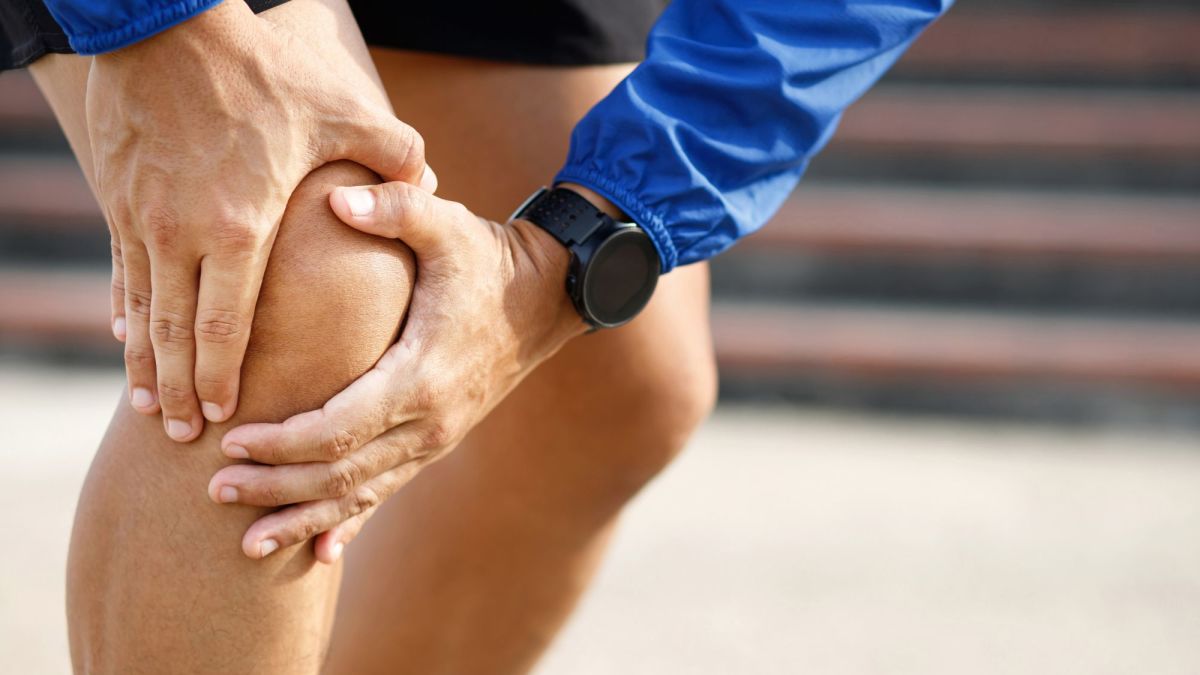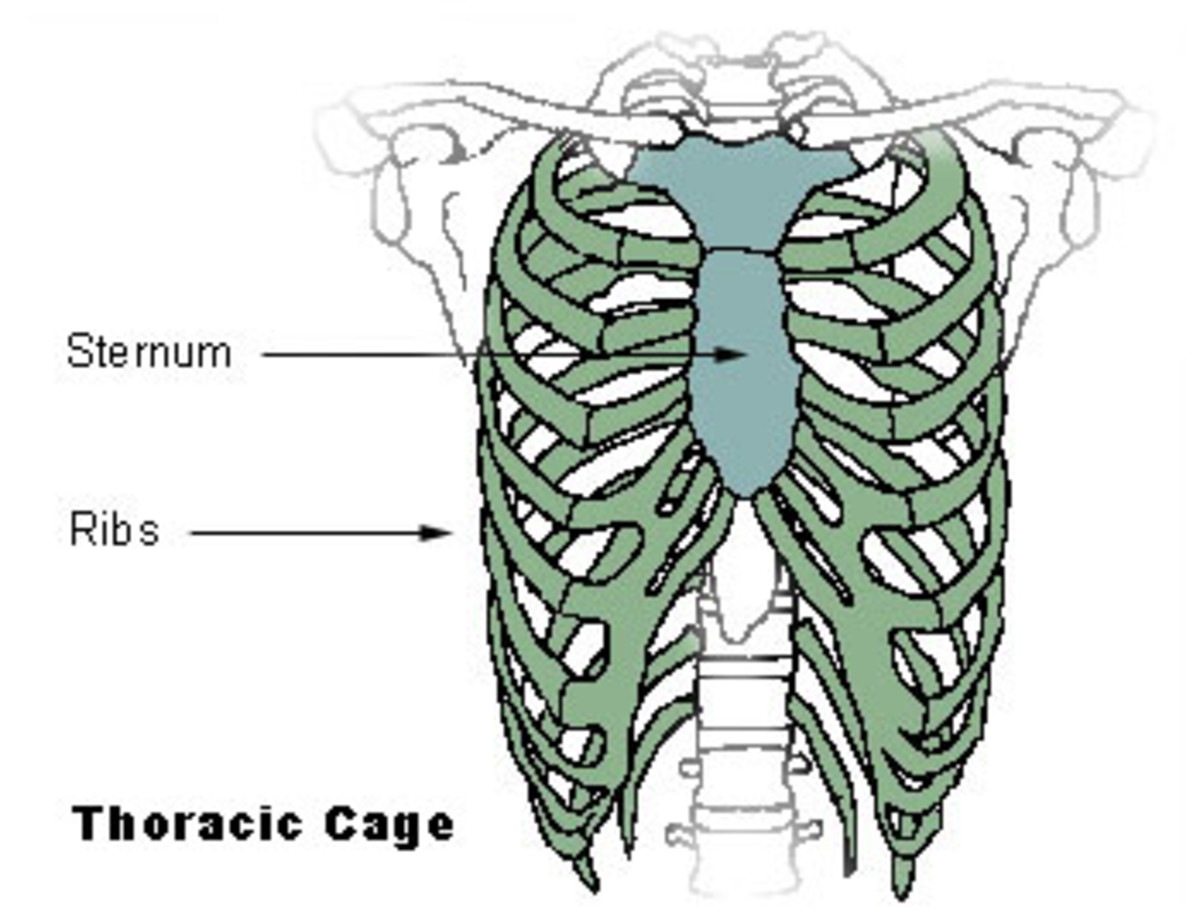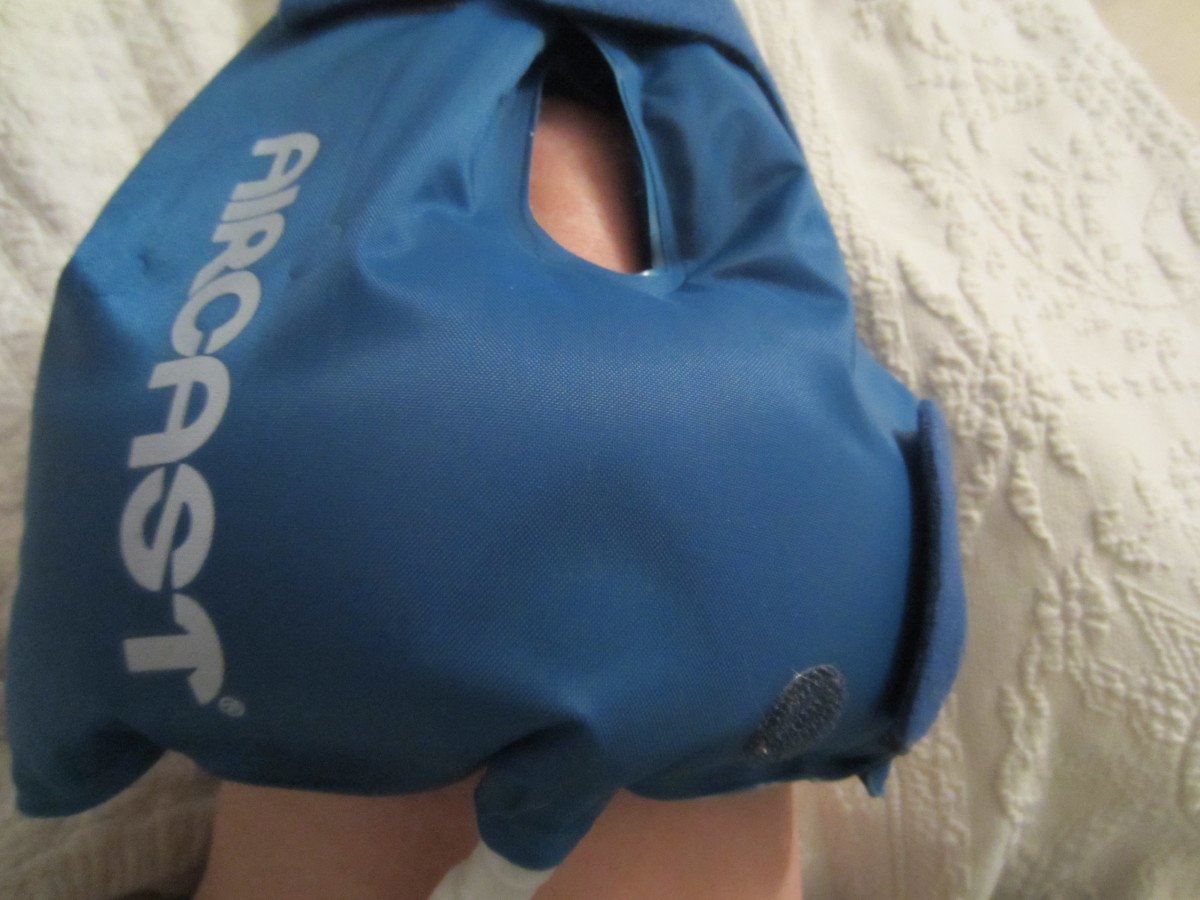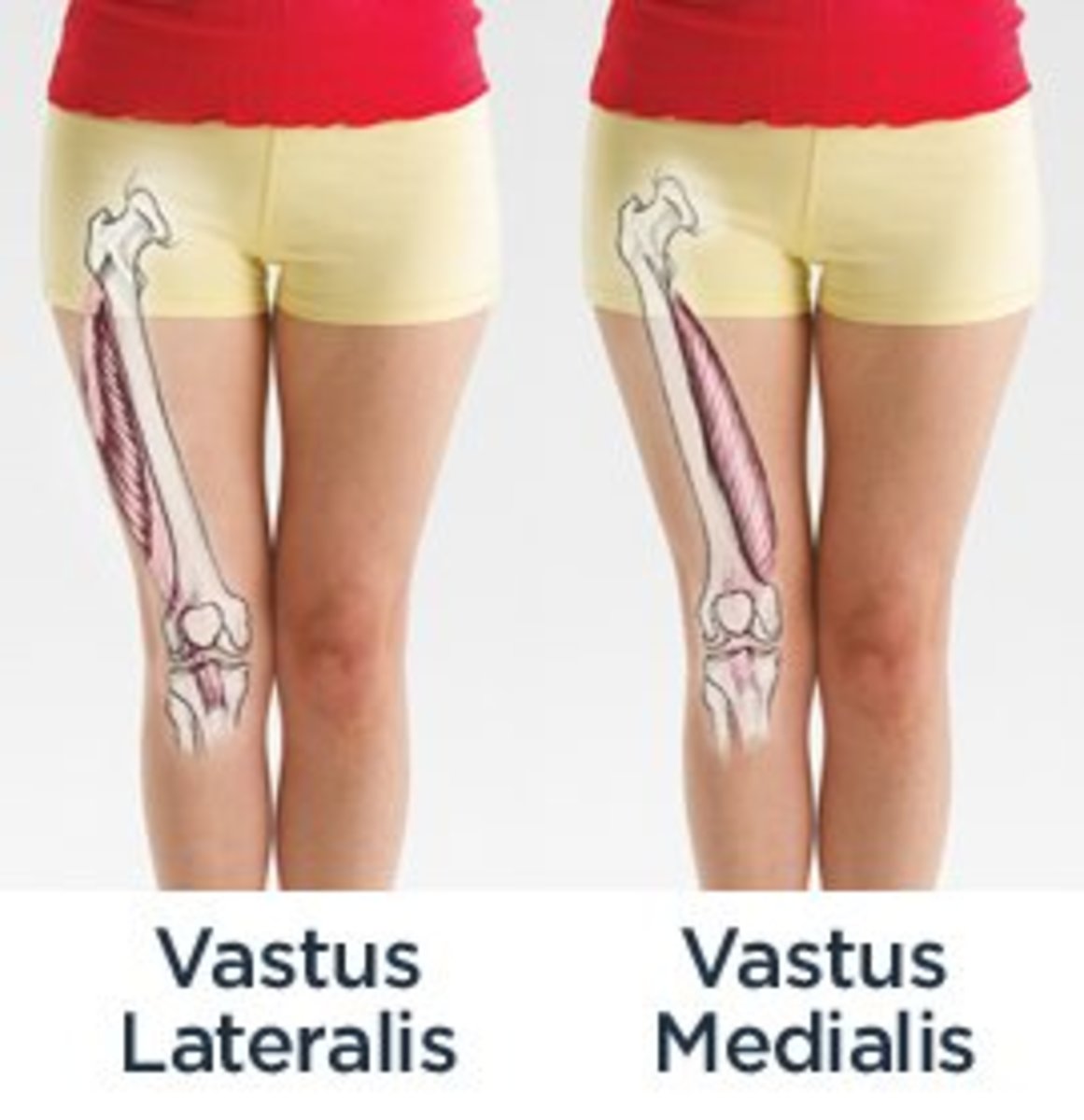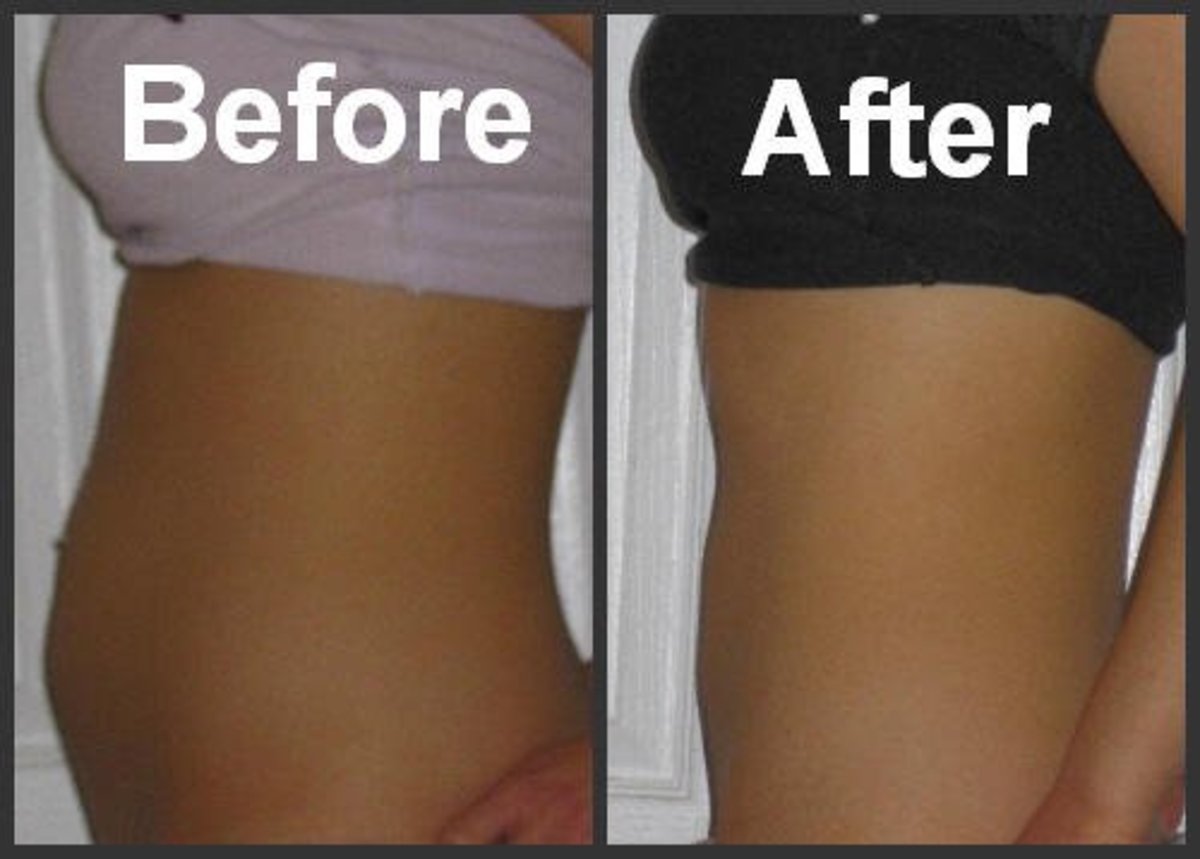Yeah for Healthy Knees

The Amazing Knee
Did you know that when your knees are well they can carry four times your body weight?
Not only that, they can gyroscope in three dimensions. They can bend, twist and pivot.
The knee joints actually can outlast you, as long as you do not abuse them, and give them regular preventive maintenance. I suppose it sounds like I am talking about a car rather than a knee joint. Too bad you can not turn in your old knees in for a new pair when they get hurt.
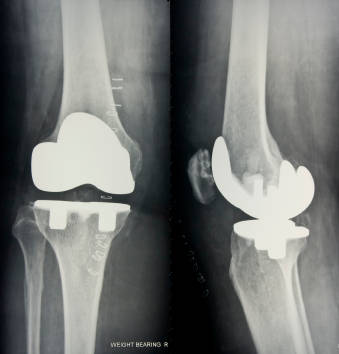
To maintain your knees and keep them agile and free of pain, the following tips are recommended:
- Stretch regularly - The hamstrings and quadriceps need to be kept loose. If they become too tight, they can pull the knee out of alignment. Especialy before any strenuous exercise, it is very important. Act like your animal and stretch when you first get up to keep your knees flexible.
- Keep your thigh muscles strong - This is very important. Doing weight strengthening exercises will help with this. Be careful not to put too much stress on the knee joint. Just enough and increase slowly.
- Lose extra weight - Just losing a few pounds can dramatically reduce your chance of having knee problems. Carrying extra weight is the most common cause of knee pain.
- Be active - A knee that is kept still too long will become stiff. Your muscles will atrophy and be unable to absorb the normal shock that comes with each step. Your knee will have to take on more of your body weight, so walk, run, garden, dance - do something.
- Take glucosamine/chondroitin daily - Aging cartilage can use a boost of chondroitin each day. It is recommended that you take 1500 mg and 1200 mg of chondroitin daily. This is somewhat controversial, but no studies have proven this to be harmful, but more evidence shows that it does help.
- Have your physicals - You should have your physical each year and if you have any swelling, grinding, rattling, or weakness, see the doctor immediately. Pain killers just mask the problem, but you should start with physical therapy to improve the joint before it gets worse.
- Seek a second opinion - If you have been told you need surgery, try other therapies first. You may need to take anti-inflammatory medications and give it a little time to heal. I had a friend whose knee cap would just not stay in the grove and she had to have surgery. Nothing else could have helped her.
- Be Wise - If you play tennis, make sure the surface is not hard. Do not exercise longer than you should.
- Wear Knee Braces - If you are involved in an activity that may injure your knee, wear a knee brace or knee guard.
Your knees are the largest joints in your body. They include the following parts carefully woven together:
- Tendons which attach bone to muscle
- Ligaments which attach bone to bone
- Bones - the thighbone (femur) and kneecap (patella) and shin bone (tibia)
- Cartilage which provides cushioning
Actually, you have two kinds of cartilage in your knee. One is the articular cartilage which covers the ends of the bones to keep them safe and smooth. Then there is the meniscus which is a crescent-shaped small soft cushion that is located between the tibia and femur. It acts as a shock absorber. Actually you have two in each knee, one on either side of your knee.
Knees are the most often injured joints, and the ones most likely to get arthritis with age. They can have pain, swelling , have clicking noises or twinges as well as totally lock up.
When I was a young girl, I was trying to do a high jump and landed awkwardly on my knee. My kneecap (patella) was knocked out of the groove and went to the outside of my leg. This began a long life of difficulties with my knees.
I have been told that I need to have my knee replaced. Others advise me to wait until I cannot walk to do it. Right now it is just a nuisance. If I am on my legs for a long time, this knee will swell up and makes it difficult to go up and down stairs. I have had a few more injuries to that same knee so it can be knocked out of alignment quiet easily.
Currently I have cortisone shots periodically to relieve the pain and calm it down which works quiet well, but eventually it comes back.
Statistics indicate that six million men and women 62 years of age and older and another five million between 40 and 60 see a doctor for knee problems in a year.


